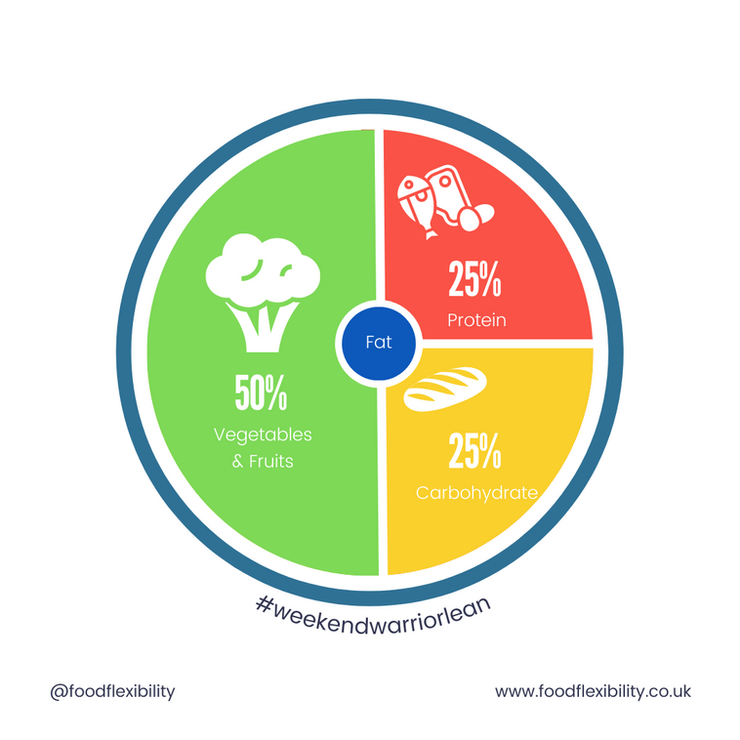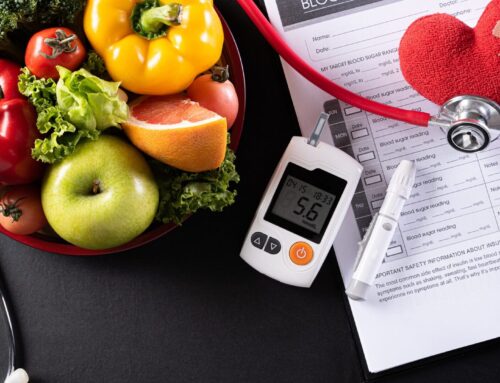Do you find it difficult to know what to eat when you are not preparing meals for yourself and worry about staying on track with your diet?
If you’ve been reading the rest of my blogs you are hopefully pretty confident in the basics of building a healthy, balanced meal. What happens when you are not preparing your own food though? For example, a meal out or a takeaway.
Never fear, you don’t need to feel daunted or intimidated by the unknown. With a little bit of planning and some good advice, you can kick back and enjoy the occasion without worrying about undoing any of the hard work you have put into your nutrition beforehand.
In this blog, I am going to give you some straight forward, actionable advice for those times you want to eat ‘off-plan’.
Here are a few things to think about when eating out, having a takeaway, eating out or eating at a friend or relatives’ house:
Before we start, just be wary of peer pressurein group situations, especially where alcohol is involved!
First: Consider if you just want to kick back and enjoy that meal
It’s almost impossible to gain any fat in one meal alone.
So, if it is a special occasion and you are happy to perhaps pause your progress for that day then own that decision.
If you only do this a couple of times a month then you probably don’t need to worry.
Accept that the meal was really enjoyable, try not to binge and start again the next day without feeling guilty because the occasion was truly worth it.
Yes, the scales might go up the next day but that is to do with extra salt, undigested food 💩, and water retention, not fat. This temporary weight gain will pass after a day or so of normal eating.
If you still don’t believe me, it takes around 7,000 calories to build 1kg of fat, probably more. Don’t play the victim, telling yourself you ate that in a single meal. Unless you’re a competitive eater you didn’t!
Just make sure you’re not dropping your standards needlessly. I talk about that in my #WeekendWarriorLean group coaching program, here’s a sneak peek:
This helps you maintain a balanced and healthy lifestyle which is exactly what FoodFlexibility is all about!
What if you want to stay on track?
I recommend the following approach to my clients to use around 90% of the time:
1. Can you get an idea of the menu ahead of time?
This allows you to plan what you are going to eat and not be seduced by any specials, tasty smells, or other people’s meal choices.
Some restaurants even post calorie information, whilst this is not particularly accurate it is probably good enough and makes things simple.
Calorie Tracking tip:
When eating out, search for an equivalent in a restaurant (adding the word ‘Weatherspoons’ in MyFitnessPal can often help you to find similar meals)
2. If there isn’t a menu online:
Look at the choices and pick something you’ll enjoy that’s similar to what you would normally eat. That gives you a good shot at guessing the calorie content or comparing the portion size visually to what you would usually eat at home.
Chicken skewers with rice, or steak and baked potato are just a couple of ideas…
If you struggle to ‘guesstimate’ portion sizes, try this:

Remember! If you order a salad with blue cheese sauce, deep fried croutons and half a ton of chopped nuts on the side it’s probably pretty heavy on the calories!
3. What swaps could you make?
Maybe swap chips (around 600 calories) for:
-
a jacket potato (200-300 calories)
-
vegetables with butter (50-80 calories)
Ask for sauces on the side and only use what you want.
There are always choices you can make in a restaurant to support your goal.
Don’t be afraid of being a ‘difficult’ customer. Restaurants want to give you a great experience and will be happy to cater to your needs.
4. Be selective with what you order:
Restaurant main courses, even ‘healthy’ ones can contain 1,000+ calories. If you add a drink, starter or dessert to this, you might be looking at 1,500-2,000+ calories in a single sitting.
Simply put, you’re going to have to choose which of these are most important to you and skip the rest.
If you really want to drink, you may need to order a “boring,” protein-dense main meal. And if you really want a dessert, it probably doesn’t make sense to order a drink beforehand.
Do you really need a starter? If you’re dieting, probably not.
“But Tim, I don’t want to miss out”
A different view…
-
You can almost certainly order the thing you’re “missing out” on next time.
-
You go to a steak restaurant to enjoy steak, not chips, not beer and not cheesecake.
-
Did you ever leave a restaurant raving about the bread they put out before the meal, or lukewarm French fries they microwaved before they got to your table?
Perspective helps with the willingness to sacrifice at least a little for your goals.
5. Practice estimating your portion sizes at home:
If you regularly weigh out your food or compare them to known portion sizes (cups/hands etc.) then try to occasionally ‘guesstimate’ or ‘eyeball’ how much food you have served yourself, measuring it afterwards to confirm how close you were.
Practicing this skill makes it easier to keep portion sizes calorie appropriate when eating away from home.
If there is too much food on your plate, then you don’t have to eat it. Offer it to others or ask for it to be wrapped up to take home if you are especially concerned about food waste.
6. What about buffets or family meals where you serve yourself?
You are even more in control in this situation as you get to serve yourself!
Eat what you can track/eyeball and then decide if the other foods are worth it.
When filling your plate, follow the same approach I suggest in my blog here.
Make educated food choices and be aware that the deep-fried stuff is going to contain plenty of calories compared to the lean meats and vegetables on offer!
One thing that I like to do in a buffet situation is to make myself a ‘rule’ that I only have one plate of food. Second helpings are where calories can really start to add up!
7. Alcohol
Last but certainly not least, if you choose to enjoy a drink (or more) then be mindful of those calories too. If you don’t drink alcohol, remember soft drinks can contain calories too (look for zero sugar options or try some calorie free sparkling water instead)
Again, be wary of peer pressure in group situations too, especially where alcohol is involved!
Now you have plenty of options to build your own strategy for eating out and still making progress with your diet.
You’re probably already going through some ideas in your head, right? Tell me what plan you are going to create the next time you eat out in the comments. I’d love to help out!…



